In the dynamic world of design, trends come and go, but some endure, shaping our aesthetic sensibilities for years. Among these, minimalist design has not only stood the test of time but continues to dominate, influencing everything from architecture and interior spaces to graphic user interfaces and fashion. Its enduring appeal lies in its core principles: simplicity, functionality, and intentionality. This article delves deep into the multifaceted aspects of minimalism, exploring its historical roots, its pervasive impact across various design disciplines, and why it remains a powerful force in an increasingly cluttered world.
The Genesis of Minimalism
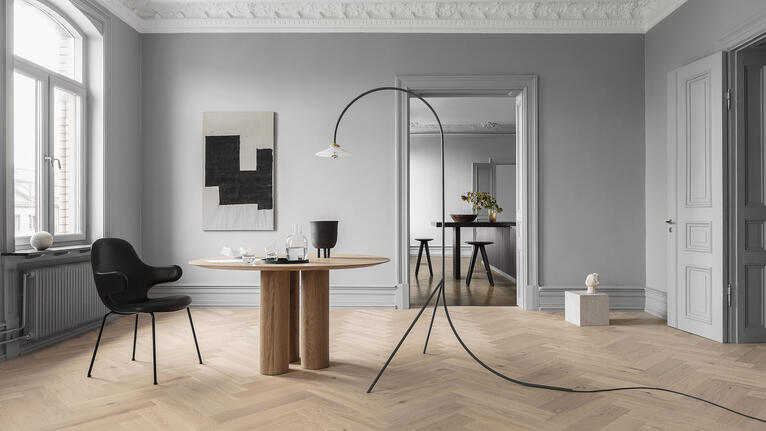
To truly appreciate the current reign of minimalist design, it’s essential to understand its origins. While often perceived as a modern phenomenon, the roots of minimalism can be traced back to various movements and philosophies.
A. Early 20th Century Modernism: The Bauhaus school in Germany, founded by Walter Gropius, championed the “form follows function” principle. Designers like Ludwig Mies van der Rohe, with his iconic “less is more” mantra, sought to strip away ornamentation, focusing on clean lines, industrial materials, and practical utility. This rejection of elaborate Victorian aesthetics laid crucial groundwork.
B. De Stijl Movement: This Dutch artistic movement, with figures like Piet Mondrian and Gerrit Rietveld, emphasized abstract forms, primary colors, and geometric purity. Their work, though artistic, significantly influenced the reductionist approach to design.
C. Japanese Aesthetics (Zen Philosophy): The ancient Japanese concept of “Ma” – the thoughtful emptiness between objects – and “Wabi-Sabi” – finding beauty in imperfection and simplicity – deeply resonates with minimalist principles. The emphasis on natural materials, uncluttered spaces, and a connection to nature has provided a continuous source of inspiration for Western minimalist designers.
D. Post-World War II Scarcity and Functionality: The need for efficient, mass-produced, and functional designs after the war also contributed to the rise of minimalist approaches. Practicality became paramount, influencing everything from furniture to housing.
These diverse influences converged to create the foundation for what we now recognize as modern minimalism, a movement that prioritizes clarity and purpose over excessive adornment.
Pervasive Impact Across Design Disciplines
Minimalism’s influence is remarkably far-reaching, transforming how we perceive and interact with various aspects of our designed environment.
I. Architecture and Interior Design
The impact of minimalism is perhaps most palpable in architecture and interior design. Minimalist spaces are characterized by:
A. Clean Lines and Open Spaces: A defining feature is the absence of unnecessary walls and partitions, creating expansive, fluid areas. Straight lines and geometric forms dominate, contributing to a sense of order and calm.
B. Monochromatic or Limited Color Palettes: Neutrals like white, grey, beige, and black form the backbone of minimalist interiors. These colors amplify natural light, create a sense of spaciousness, and provide a serene backdrop for carefully selected elements. Splashes of muted color are used sparingly for accent.
C. Emphasis on Natural Light: Large windows, skylights, and open layouts are crucial for maximizing natural light, which is integral to the minimalist aesthetic, enhancing the feeling of openness and tranquility.
D. Minimal Furnishings and Clutter-Free Zones: Every piece of furniture or decor is chosen with purpose. Multipurpose items are favored, and hidden storage solutions are common to maintain an uncluttered environment. The focus is on quality over quantity.
E. High-Quality Materials: While ornamentation is shunned, the quality of materials is paramount. Natural wood, concrete, glass, stone, and metals are often used, celebrated for their inherent textures and beauty.
F. Seamless Integration of Functionality: Appliances, storage, and even technology are often integrated seamlessly into the design, making them almost invisible when not in use. This contributes to the clean, uninterrupted visual flow.
Minimalist interiors aren’t just aesthetically pleasing; they are designed to promote a sense of calm, reduce visual noise, and encourage focused living. They offer a respite from the sensory overload of modern life, becoming sanctuaries for their inhabitants.
II. Product Design
In product design, minimalism translates into intuitive usability and timeless appeal.
A. Streamlined Forms: Products are stripped down to their essential components, resulting in elegant and often sculptural forms. Think of the iconic designs of Apple products, where every curve and button serves a clear purpose.
B. Focus on Core Functionality: The primary function of the product is celebrated, with unnecessary features or embellishments removed. This leads to products that are easy to understand and operate.
C. Durable and Sustainable Materials: There’s an increasing emphasis on using materials that are not only aesthetically pleasing but also durable and environmentally responsible, aligning with the minimalist philosophy of less waste and longevity.
D. Intuitive User Experience (UX): Minimalist product design often goes hand-in-hand with an intuitive user experience, where the product’s operation is self-explanatory, reducing cognitive load for the user.
From furniture to electronics, minimalist product design aims for a sophisticated simplicity that enhances user interaction and product longevity.
III. Graphic Design and Branding
Graphic design and branding have embraced minimalism to achieve powerful and effective communication.
A. Clean Layouts and Ample White Space: Generous use of white space (or negative space) is a hallmark, allowing elements to breathe and drawing attention to key information. This prevents visual clutter and improves readability.
B. Legible Typography: Sans-serif fonts are often preferred for their clean lines and readability. Typography is used as a primary design element, conveying tone and message with precision.
C. Limited Color Palettes: Brands often opt for a restrained color palette, typically one to three colors, to create a strong, consistent, and memorable visual identity.
D. Simple Iconography and Logos: Logos are simplified, often abstract, and highly scalable. Icons are designed to be universally understood and visually unobtrusive.
E. Direct Messaging: Advertising and branding focus on clear, concise messaging, avoiding jargon and excessive text. The visual elements often speak for themselves.
Minimalist graphic design fosters clarity, sophistication, and a memorable brand identity in a world saturated with visual information. Think of the iconic logos of Nike, Apple, or Google – their simplicity is their strength.
IV. Fashion and Apparel
The principles of minimalism have significantly influenced fashion.
A. Timeless Silhouettes: Emphasis is placed on classic, versatile pieces with clean lines and simple cuts that transcend fleeting trends.
B. Neutral Color Palettes: Black, white, grey, navy, and beige form the core of a minimalist wardrobe, allowing for easy mixing and matching.
C. High-Quality Fabrics: Investment in well-made garments from durable, often natural, fabrics is preferred over fast fashion.
D. Focus on Versatility: Pieces are chosen for their ability to be dressed up or down, maximizing their utility and reducing the need for excessive clothing.
E. The Capsule Wardrobe: This concept, central to minimalist fashion, encourages curating a limited collection of interchangeable items that can be combined to create numerous outfits.
Minimalist fashion promotes conscious consumption, personal style, and a sense of effortless elegance.
V. User Interface (UI) and User Experience (UX) Design
In the digital realm, minimalism is paramount for effective UI/UX design.
A. Clutter-Free Interfaces: Websites and applications prioritize essential information and actions, removing visual distractions to improve user focus.
B. Clear Navigation: Simple, intuitive navigation menus ensure users can easily find what they need without confusion.
C. Ample White Space: Similar to graphic design, white space is used effectively to separate elements, improve readability, and create a sense of calm.
D. Minimalist Iconography and Buttons: Icons are simplified, and buttons are designed for clarity and ease of interaction, often without excessive styling.
E. Fast Loading Times: Streamlined design often translates to fewer visual elements and smaller file sizes, leading to faster loading times, which significantly enhances user experience.
F. Focus on Content: The content itself takes center stage, unencumbered by distracting visual noise.
Minimalist UI/UX design is about creating an effortless and efficient digital experience, allowing users to achieve their goals with minimal cognitive effort.
The Psychology Behind the Minimalist Trend

The enduring popularity of minimalist design isn’t merely a passing fad; it’s rooted in deeper psychological and societal factors.
A. Reduction of Cognitive Load: In a world overflowing with information and choices, minimalism offers a respite. By reducing visual and mental clutter, it allows our brains to process information more efficiently, leading to less stress and greater clarity.
B. Emphasis on Quality Over Quantity: Consumerism has led to an abundance of low-quality, disposable goods. Minimalism advocates for investing in fewer, high-quality items that last longer and bring more value, fostering a sense of conscious consumption.
C. Promotion of Calm and Well-being: Uncluttered spaces and designs are intrinsically linked to a sense of peace and tranquility. They provide an environment conducive to relaxation, focus, and improved mental well-being.
D. Timelessness and Longevity: By eschewing fleeting trends, minimalist designs often possess a timeless quality. This makes them less susceptible to quickly becoming outdated, offering long-term aesthetic appeal and value.
E. Flexibility and Adaptability: Minimalist spaces and products are often highly adaptable. Their neutral palettes and clean forms allow them to be easily reconfigured or accessorized, accommodating changing needs and tastes.
F. Environmental Consciousness: The philosophy of owning less and choosing durable items inherently aligns with environmental sustainability. Minimalist design often utilizes natural materials and promotes practices that reduce waste.
G. Global Appeal: The principles of simplicity and functionality transcend cultural boundaries, making minimalist design universally appealing. Its clean aesthetic is understood and appreciated worldwide.
In essence, minimalism offers a counter-narrative to the relentless pursuit of more, advocating for a life and environment enriched by less. It’s not about deprivation but about intentionality and finding beauty in the essential.
The Future of Minimalism
While core principles remain constant, minimalist design is not static. It continues to evolve, incorporating new technologies, materials, and philosophical considerations.
A. “Warm” Minimalism: Moving beyond cold, stark aesthetics, there’s a growing trend towards incorporating more natural textures, warmer wood tones, and soft lighting to create cozier, more inviting minimalist spaces.
B. Sustainable Minimalism: The focus on eco-friendly materials, upcycling, and circular design principles will become even more pronounced.
C. Digital Minimalism: As our lives become increasingly digital, the principles of minimalism are extending to how we manage our digital lives – decluttering apps, reducing screen time, and intentional online interactions.
D. Personalized Minimalism: While simplicity is key, there’s also an emphasis on how minimalism can be tailored to individual needs and preferences, reflecting unique personalities within a clean framework.
Conclusion
Minimalism isn’t just a design trend; it’s a philosophy that promotes a more thoughtful, intentional, and sustainable way of living. Its continued dominance in the design world is a testament to its powerful ability to bring order, clarity, and beauty to our lives, one carefully considered element at a time. As the world becomes increasingly complex, the appeal of “less is more” will only continue to grow.

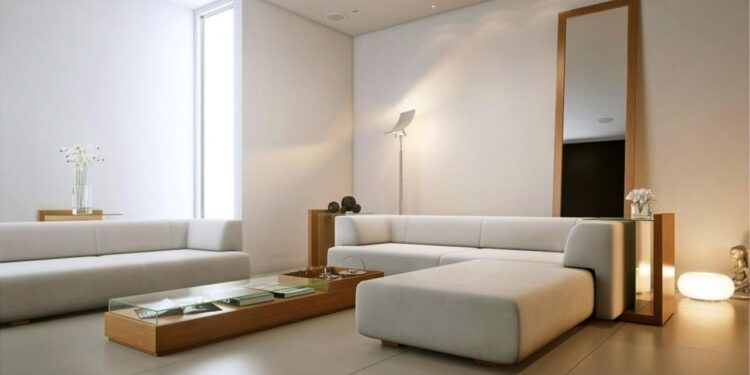
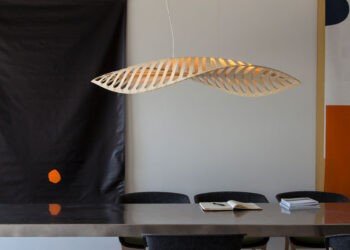


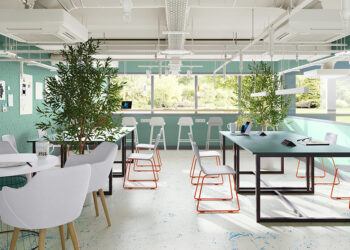
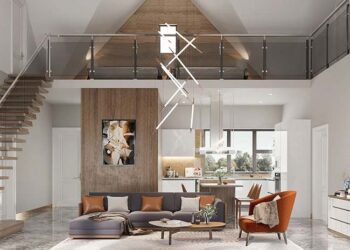
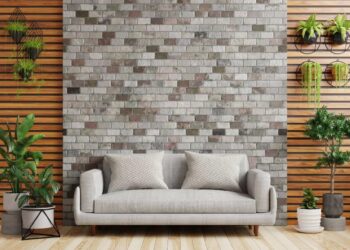

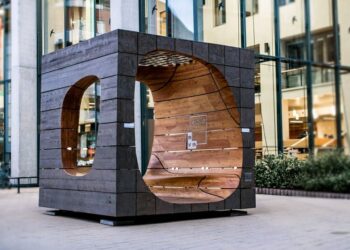

Discussion about this post